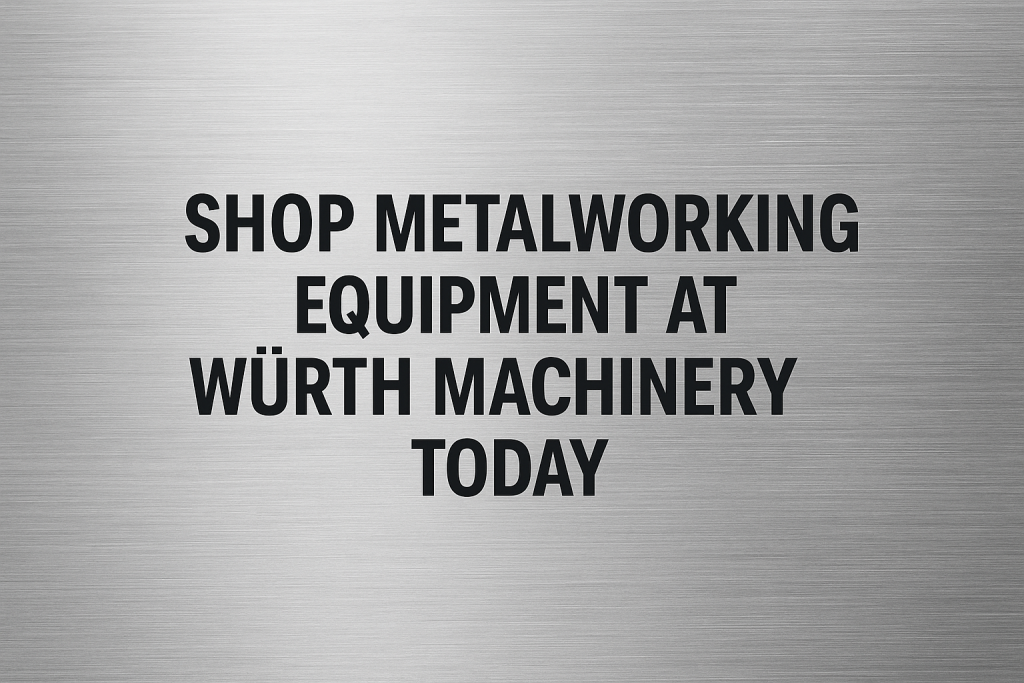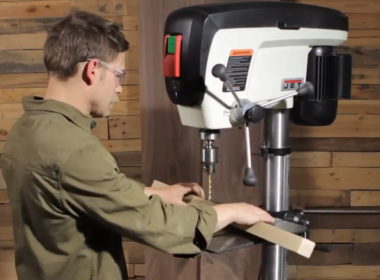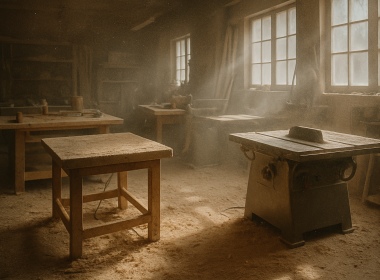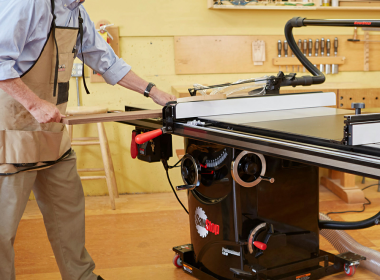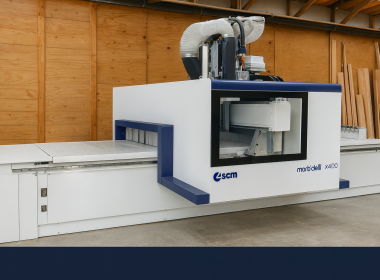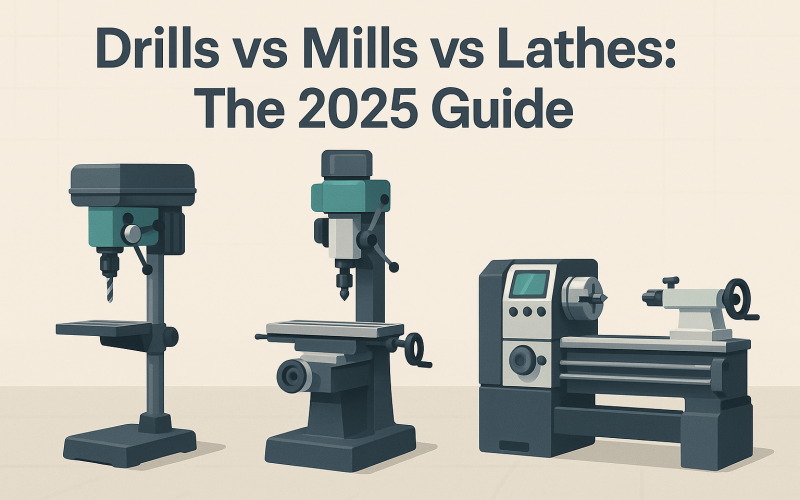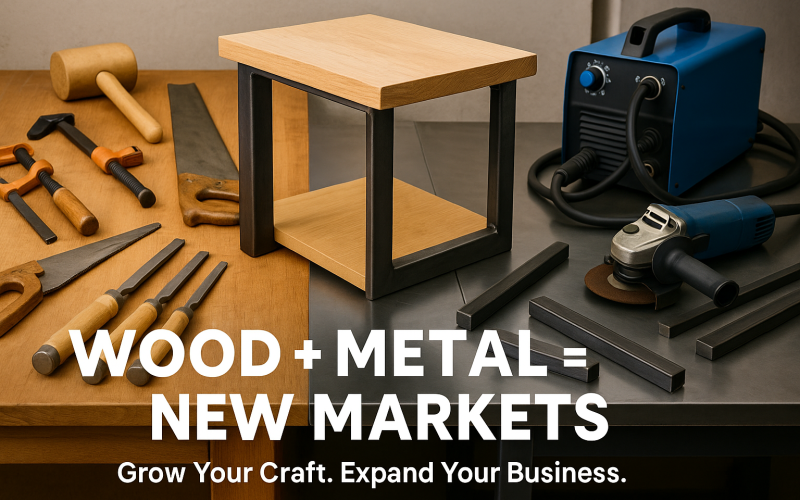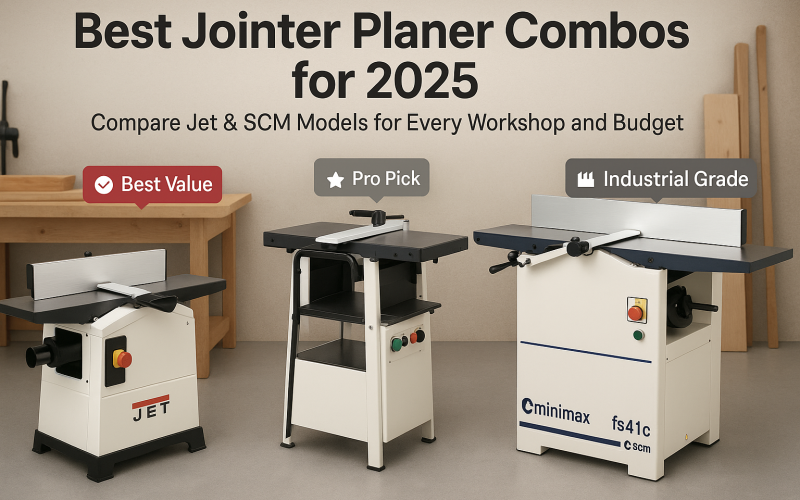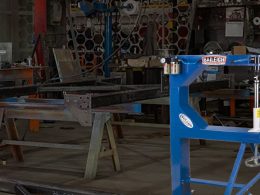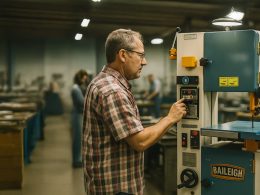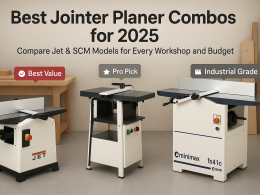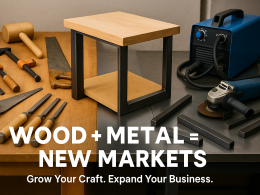Every workshop decision starts with a simple question: What do I need to build? At Würth Machinery, we hear this question all the time from shop owners and hobbyists alike. If you have limited space and budget, choosing between a drill press, a milling machine, or a lathe is a big decision. Learning that the right machine can save you thousands in outsourced work, while the wrong one just collects dust.
In this guide, we’ll break down the differences between drills, mills, and lathes in plain language to help you choose the right tool for your projects. Let’s dive in!
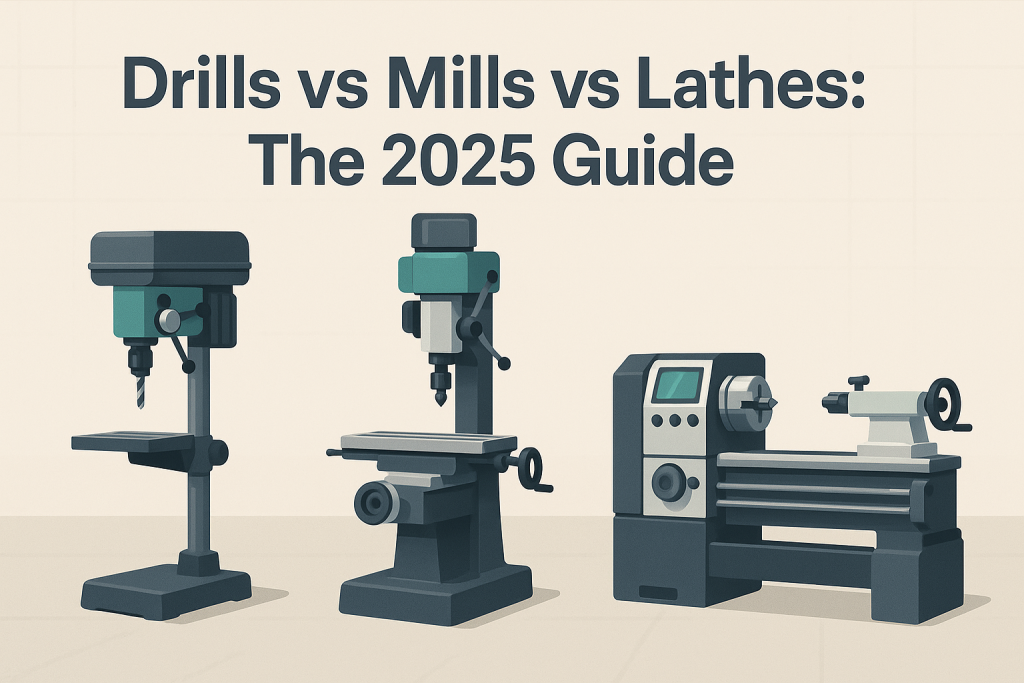
Key Factors When Choosing Your Machine: Drills vs Mills vs Lathes
Before comparing specific machines, consider these key factors that will guide your choice:
- Type of Work & Precision: What tasks will you do most often? Drilling simple holes, cutting complex shapes, or turning round parts? Each machine has strengths for certain jobs. Also think about how precise your work needs to be – some machines can hold tighter tolerances than others.
- Material You’ll Work With: Are you cutting metal, wood, or plastic? Softer materials (like wood or aluminum) can use lighter-duty machines. Harder metals (like steel or titanium) need heavier, rigid equipment with more horsepower. Matching the machine to your material ensures good results and prevents excessive tool wear.
- Workshop Space: Consider your shop’s layout and size. A floor-standing mill or lathe can dominate a small garage. Footprint and height matter – for example, many milling machines are tall and need overhead clearance for their moving head. Make sure you have room not just for the machine, but also for safe operation and material handling around it.
- Budget (Initial and Ongoing): Beyond the purchase price, account for tooling, maintenance, and power requirements. Drill presses tend to cost the least, while advanced mills and CNC lathes can be significant investments. Remember that cutting tools and accessories add cost over time, and larger machines might need electrical upgrades (like a 240V outlet or even three-phase power).
Keep these factors in mind to narrow down which machine fits your needs best. Now, let’s look at each type of machine and what it’s best used for.
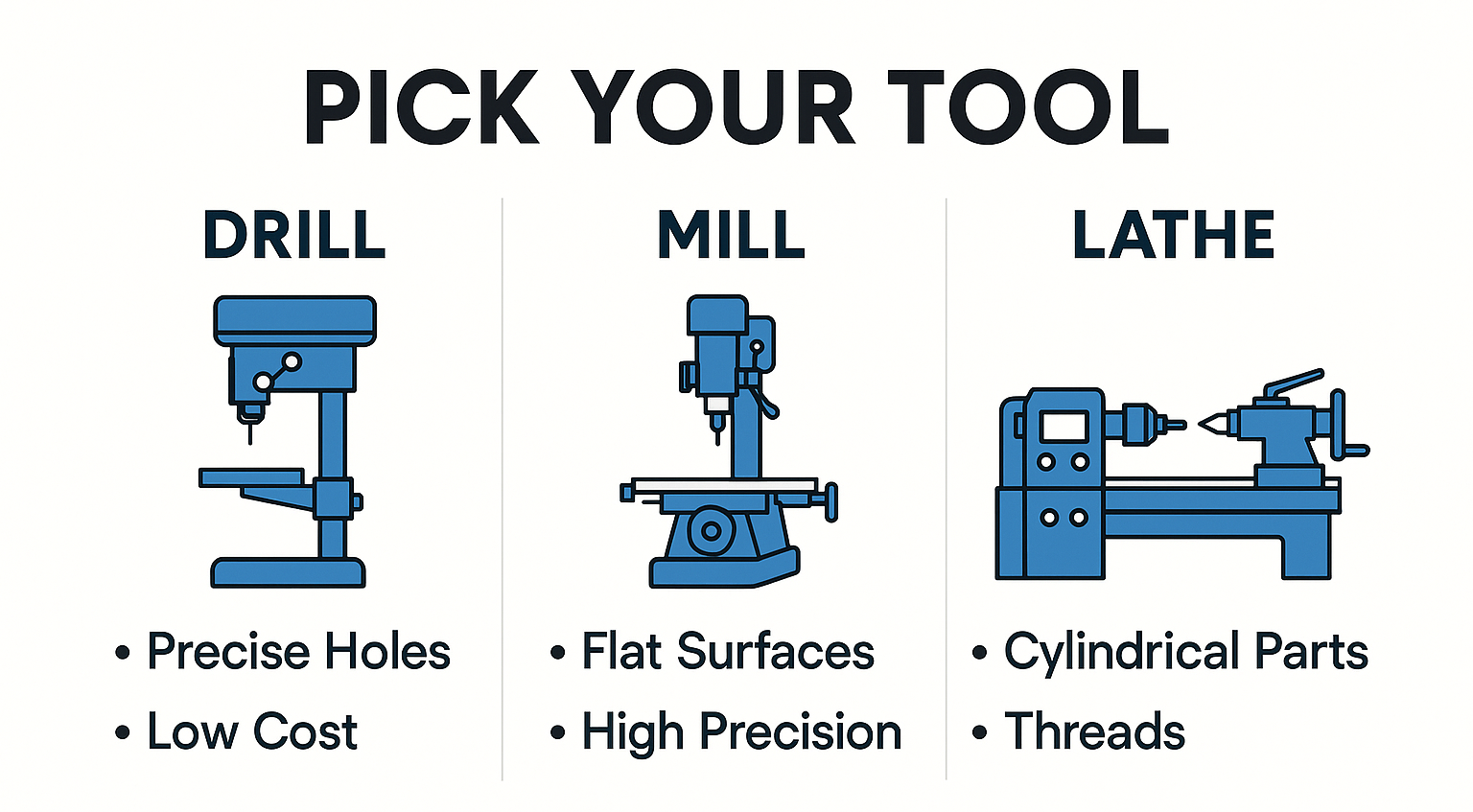
Drill Presses – Making Accurate Holes
Drills (especially drill presses) are the go-to machines for creating holes. In a metalworking shop, a drill press provides stability and precision that a handheld drill can’t match.
What a Drill Press Does: A drill press drives a drill bit into the workpiece vertically, letting you make holes at exact locations and consistent depths every time. This is crucial when you need holes that line up perfectly. Unlike a handheld drill, a drill press has a fixed head and a work table, so you have much more control.
Types of Drilling Machines: You have a few options:
- Handheld Drill: Portable and great for quick jobs, but less precise. Mainly used for on-site work or basic home projects.
- Drill Press (Benchtop or Floor): A stationary drill press gives much greater precision and stability. Benchtop models suit small parts and fit on a table, while floor models have more capacity for larger workpieces.
Modern drill presses often have variable speed control to let you dial in the right RPM for metal (slower) or wood (faster). Some high-end models even include digital depth stops or laser guides to improve accuracy.
Why Choose a Drill Press: If your projects involve a lot of drilling – whether it’s steel plates, wood blocks, or plastic parts – a drill press is the simplest and most cost-effective way to get clean, straight holes. They are generally lower cost than mills or lathes and easier to operate for beginners. For example, we offer quality benchtop drill presses starting around $1,150, whereas industrial floor models can go up to $13,000+ for heavy-duty capacity. Maintenance is minimal (just keep it clean and lubricated), and most run on standard 110V power (larger ones might need 220V).
Wurth Tip: Even if you later get a milling machine, many machinists keep a drill press in the shop for quick hole-making jobs. It’s often faster to drill a simple hole on a dedicated drill press than to set up a mill for the same task.
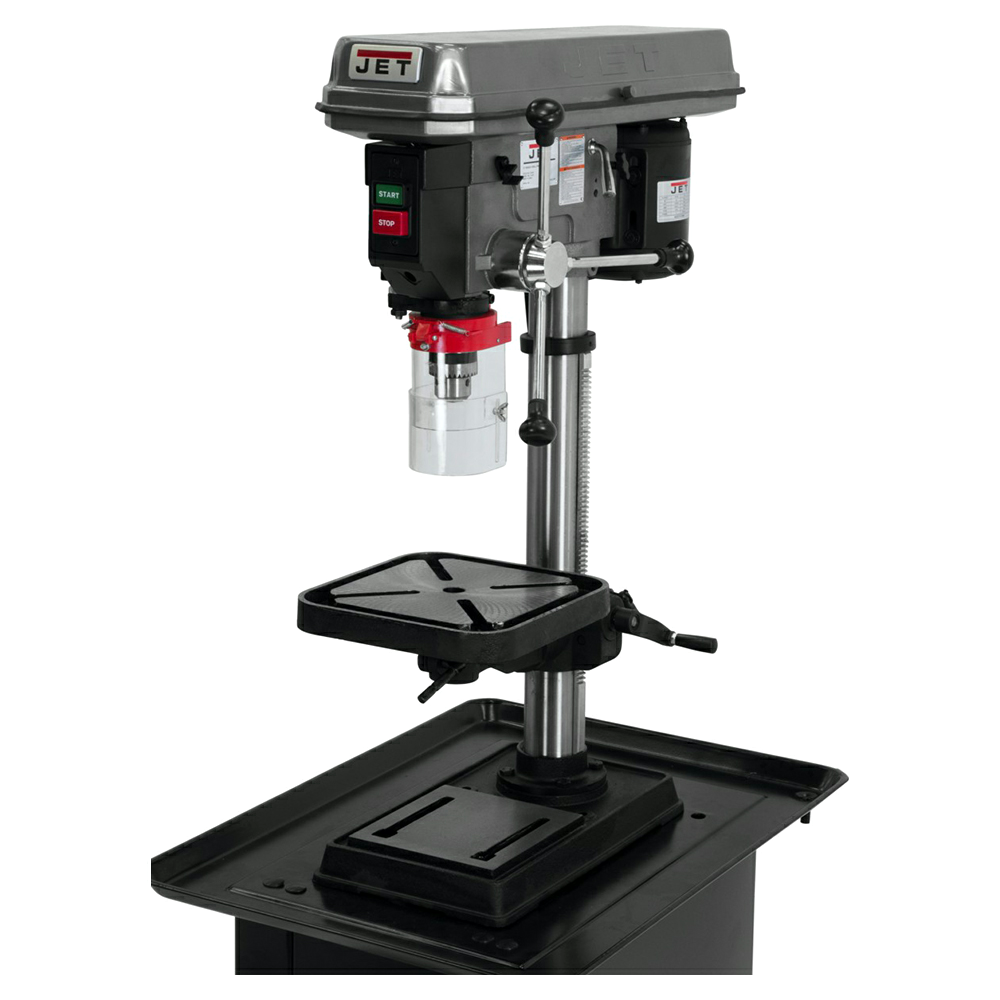
Milling Machines – Shaping Surfaces and Slots
Milling machines (mills) are incredibly versatile metalworking tools. Unlike drill presses that mainly move a bit up and down, mills move the cutting tool (or the worktable) in multiple axes. This means you can cut in X, Y, and Z directions to machine flat surfaces, slots, pockets, and even complex 3D shapes. If you need to precisely shape metal parts, a mill is usually the right choice.
What a Mill Does: A milling machine uses a rotating cutting tool (called a milling cutter or end mill) to remove material. You can think of it as a very robust drill that can move sideways and at angles – not just straight down. This lets you make flat surfaces, cut slots or keyways, drill precise holes, and even contour surfaces.
Vertical vs. Horizontal Mills: A vertical mill has a spindle pointing down and is most common for general-purpose machining – it’s easier to use and great for precise work with good visibility of the cutting. A horizontal mill has the spindle oriented horizontally and is better for heavy cutting on large parts (it clears chips well and can use bigger cutters), but horizontal machines are usually found in industrial settings due to their size and specialized use.
Modern milling machines often come with advanced features. Digital readouts (DROs) are common – they display the exact table position in X, Y, Z, which makes it easy to hit precise dimensions without guesswork. Many mills (especially in industry) are CNC-controlled, meaning a computer controls the movement for extremely precise and complex operations. CNC capability greatly boosts what a mill can do, but it also increases the price and requires learning some programming or CAM software.
Why Choose a Mill: If your work involves shaping metal parts beyond simple holes, a milling machine opens up a world of possibilities. You can start with basic tasks like facing off a rough surface or cutting a groove, and later tackle intricate tasks like milling gears or engraving text. Mills do cost more than drill presses (approximately $3,000 to $10,000 for a good manual mill, depending on size and features), but they become the centerpiece of many workshops. Keep in mind you’ll need assorted cutting tools (end mills, face mills, etc.) and possibly a vise or clamping set to use the mill effectively. Also, midsize and larger mills may require a 240V power supply, so check your shop’s electrical setup.
Wurth Tip: For newcomers with limited space, look at mill-drill combo machines. These are essentially drill presses with milling-table functionality. They won’t replace a full-size mill for heavy work, but they’re an affordable way to perform light milling and drilling on one machine.
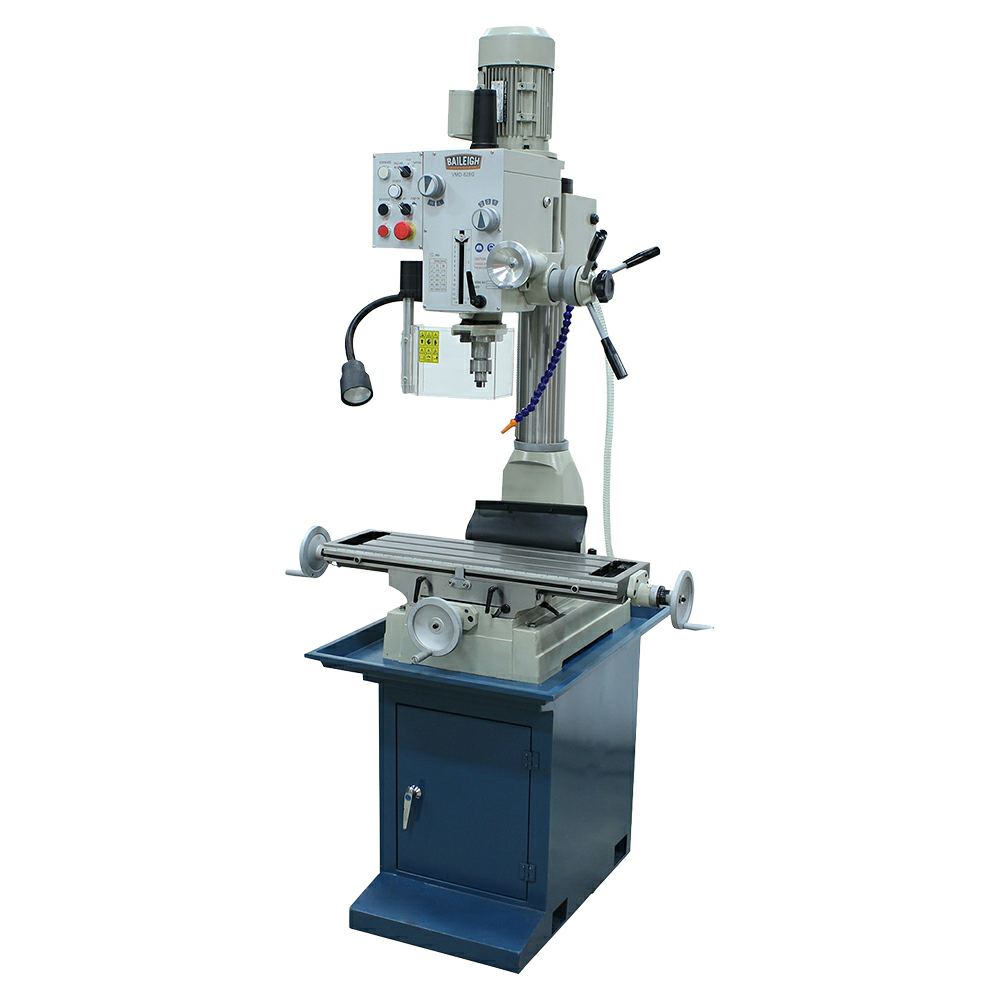
Lathes – Turning and Shaping Cylindrical Parts
Lathes operate on a different principle from drills and mills: they spin the workpiece instead of the cutting tool. If you need to create anything cylindrical – shafts, bushings, threaded rods, pulleys – a lathe is the machine for the job. Lathes excel at turning parts to precise diameters, cutting threads, and boring out the insides of round objects.
What a Lathe Does: In a lathe, you clamp your material (typically a metal rod or tube) in a rotating chuck. As the workpiece spins, a stationary cutting tool is fed into it to shave off material. By moving the tool along the length of the spinning work, you can reduce the diameter to a desired size or create features like grooves and threads. You can also face the end of a piece flat or drill centered holes using the lathe’s tailstock. Essentially, lathes are ideal for making parts that are symmetric around an axis.
Key Lathe Considerations: Important specifications include the swing (the maximum workpiece diameter the lathe can handle) and the distance between centers (the maximum length of workpiece it can hold). For instance, a small benchtop metal lathe might have a 9″ swing and 20″ between centers, suitable for hobby tasks or small components. Industrial floor lathes have much larger capacity. Also consider the spindle bore (hole through the headstock) if you plan to feed long stock through. Small lathes run on standard power (120V), while larger lathes usually need 240V or even three-phase.
Modern CNC lathes (turning centers) can have multiple axes and even live tooling (powered tools for milling or drilling on the lathe), allowing one machine to complete very complex parts in one setup. These are fantastic for production efficiency, but are much more expensive and complex than a basic manual lathe.
Why Choose a Lathe: If your projects involve round or cylindrical parts, there’s no substitute for a lathe. Operations like cutting custom threads, repairing a shaft, or turning a precise diameter are very difficult without one. We often find that customers get a lathe after they have a drill press or mill, unless their work is primarily making round pieces. A good hobbyist benchtop lathe can start around $1,600, while larger engine lathes for machine shops typically range from $4,000 up to $60,000 (CNC’s are higher price). Don’t forget to budget for tooling like lathe cutting tools and holders, which fortunately last a long time since the cutting inserts can be replaced at low cost.

Combination Machines: Benefits and Limitations
When space or budget is very tight, combination machines offer a tempting solution. These multi-purpose units combine functions of a drill, mill, and sometimes a lathe into one machine. For example, a 3-in-1 machine might have a milling head mounted over a lathe bed, so you can perform basic milling and turning, or a mill-drill that adds milling capability to a drill press frame.
Benefits: The obvious advantage is space savings – one machine instead of two or three. The initial cost is usually lower than buying separate machines as well. For a hobbyist or a small shop just starting out, a combo machine can provide experience with multiple machining operations without a huge investment. It’s also convenient for light-duty jobs; you can accomplish different tasks (drilling, milling, turning) on the same workpiece by switching the setup on one machine.
Limitations: Combination machines come with trade-offs. You generally can only use one function at a time, and switching between modes can require time-consuming reconfiguration. They are typically less rigid than dedicated machines, so you have to take lighter cuts and settle for a bit less precision on tough jobs. The work envelope (size of parts you can fit) may also be limited. In a production environment or serious metalworking shop, these limitations make combos a stopgap solution – most professionals eventually move to separate, specialized machines for efficiency and accuracy.
In short, a combo machine is a jack of all trades, master of none. They are excellent for entry-level machining or very small workshops. Many of our customers started with a combo unit to learn the basics, then upgraded to standalone machines as their needs grew.

Which Machine Should You Get First?
If you’re building your workshop step by step, you might wonder which machine to invest in first. The answer depends on your primary projects:
- Metal Parts & Fabrication: If your projects involve a lot of metal cutting and shaping, a milling machine provides the most versatility (since it can also drill holes). Many metalworkers make a mill their first purchase, adding a drill press later. However, if your work is mostly about drilling holes in metal plates or structures (like a fabricator making brackets or frames), a sturdy drill press could be a more budget-friendly starting point.
- Round Parts Focus (Automotive/Gunsmithing): If your projects mostly involve shafts, bushings, or threaded parts, a lathe could be your first pick. There are attachments to do limited milling on a lathe, but it’s not ideal – so choose a lathe first only if a majority of your work is truly cylindrical.
- Woodworkers Adding Metalwork: If you primarily work with wood but occasionally need to machine metal parts (maybe small hardware or custom tools), start with a drill press. It’s useful for both woodworking and light metal tasks. A small metal-capable lathe could be a good second addition for turning knobs or bushings, while a mill might wait until you take on more metal projects.
In practice, many folks start with one machine and add the others as their needs grow. Over time, having all three tools gives you full capability in-house.
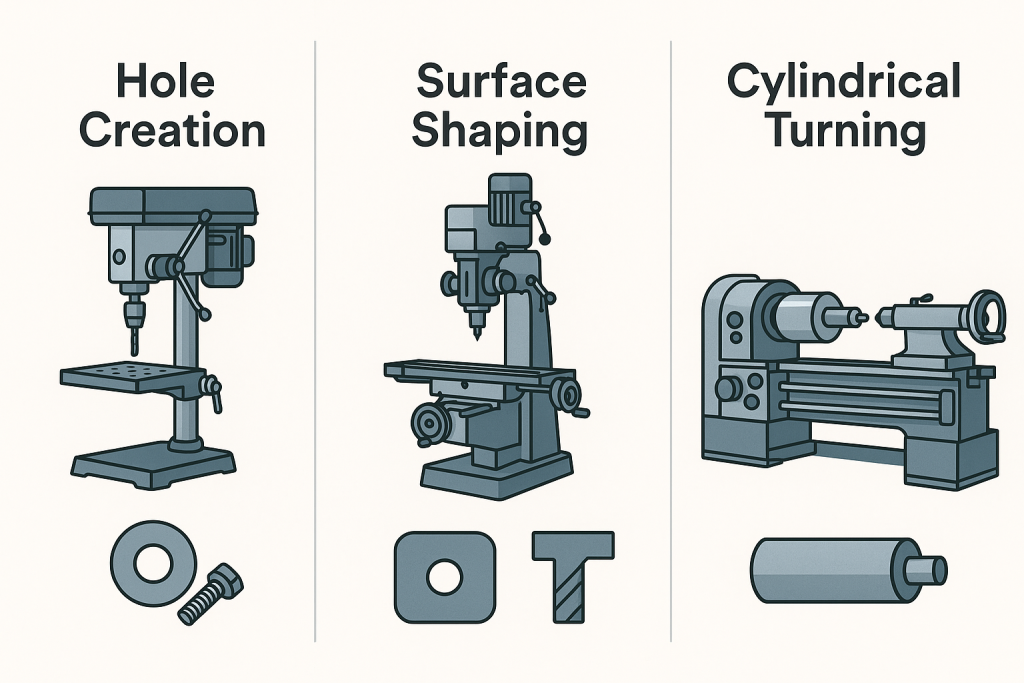
Bringing It All Together – Our Advice
When comparing drills vs. mills vs. lathes, each serves a distinct purpose in a metalworking shop:
- Drill Presses are best for making accurate holes quickly and consistently. They’re affordable, user-friendly, and a staple for any workshop.
- Milling Machines excel at cutting and shaping surfaces with precision. A mill is the workhorse for flat surfaces, slots, and detailed parts that a drill or lathe can’t handle.
- Lathes are indispensable for any cylindrical or round work. From threading bolts to turning shafts, a lathe handles jobs that other machines simply cannot do effectively.
If you’re serious about making things out of metal (or wood, or plastic), you will eventually benefit from having all three capabilities available. Each tool complements the others. Often you’ll start with one and gradually add the rest as your projects expand in scope.
As you plan your next purchase, remember that we’re here to help. Our Würth Machinery experts can answer any questions about specs, accessories, or financing – so feel free to reach out.
With the right equipment in your workshop, you’ll be ready to build anything. Happy machining!
